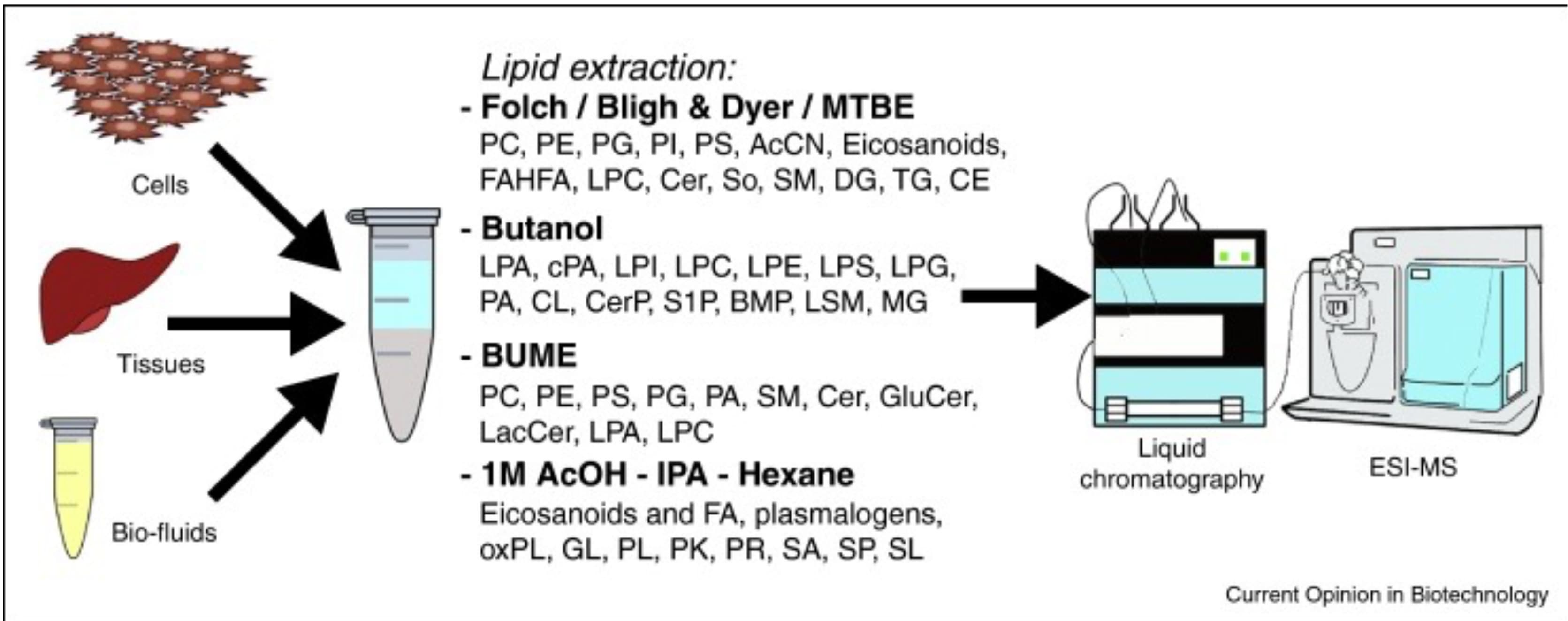Oxylipidomics Service
Oxylipids, bioactive molecules derived from the oxidation of unsaturated fatty acids like linolenic, arachidonic, and eicosatetraenoic acids, encompass compounds such as prostaglandins, leukotrienes, and various enols and ketones. Oxylipidomics, a burgeoning field, delves into the composition, distribution, transformation, and function of oxylipids in biological systems. Given their pivotal roles in cellular signaling and disease pathogenesis, understanding the dynamics of oxylipids is crucial for elucidating the mechanisms underlying diseases like inflammation, cardiovascular disorders, immune responses, cancer, and neurodegenerative conditions. Thus, precise analysis and evaluation of these oxylipids are essential for disease prevention, diagnosis, and treatment.
Oxylipidomics primarily involves the identification and quantification of oxylipids. The chemical diversity and dynamic nature of these compounds necessitate the use of sophisticated, highly sensitive mass spectrometry techniques, particularly liquid chromatography-mass spectrometry (LC-MS) and gas chromatography-mass spectrometry (GC-MS). These methods provide comprehensive qualitative and quantitative insights into the types, structures, and concentrations of oxylipids.

Kardeh, S. et al. Eur J Pharmacol. 2014.
Figure 1. Lipid Oxidation Process
MtoZ Biolabs has established seven analytical platforms, including advanced LC-MS and GC-MS systems. We offer comprehensive oxylipidomic analyses, from qualitative to quantitative assessments. Our experienced team is dedicated to providing customized, efficient solutions tailored to your research needs in disease studies, drug development, and nutrition. Welcome to contact to learn more about our service!
Analysis Workflow
1. Lipid Extraction
Lipids are extracted using organic solvents like methanol and chloroform.
2. Chromatographic Separation
Depending on the properties lipid extraction, separation is conducted by LC or GC.
3. Mass Spectrometry
Post-separation, lipids are analyzed though electrospray ionization (ESI) and TOF-MS to determine their mass and structural details.
4. Data Analysis
Lipid is identified and quantified by using specialized software, analyzing mass spectra, and matching with established databases.

Tumanov, S. et al. Curr Opin Biotechnol. 2017.
Figure 2. Oxylipidomics Mass Spectrometry Analysis Process
Service Advantages
1. High Sensitivity and Accuracy
Mass spectrometry enables the detection and precise characterization of low-abundance lipid.
2. Comprehensive and Dynamic
This approach allows for a detailed examination of all lipids in a sample and their temporal variations.
3. Wide Applicability
Suitable for diverse biological samples, such as blood, urine,cell, and ttissue, oxylipidomics supports research across fundamental biology, medicine, food science, and environmental studies.
4. Quantitative Analysis
Lipids are quantitatively analyzed using both internal and external standards.
Sample Submission Requirements

Deliverables
1. Experimental Procedures
2. Relevant Mass spectrometry Parameters
3. Comprehensive Oxylipidomics Analysis
4. Mass Spectrometry Images
5. Raw Data
MtoZ Biolabs, an integrated chromatography and mass spectrometry (MS) services provider.
Related Services
How to order?







